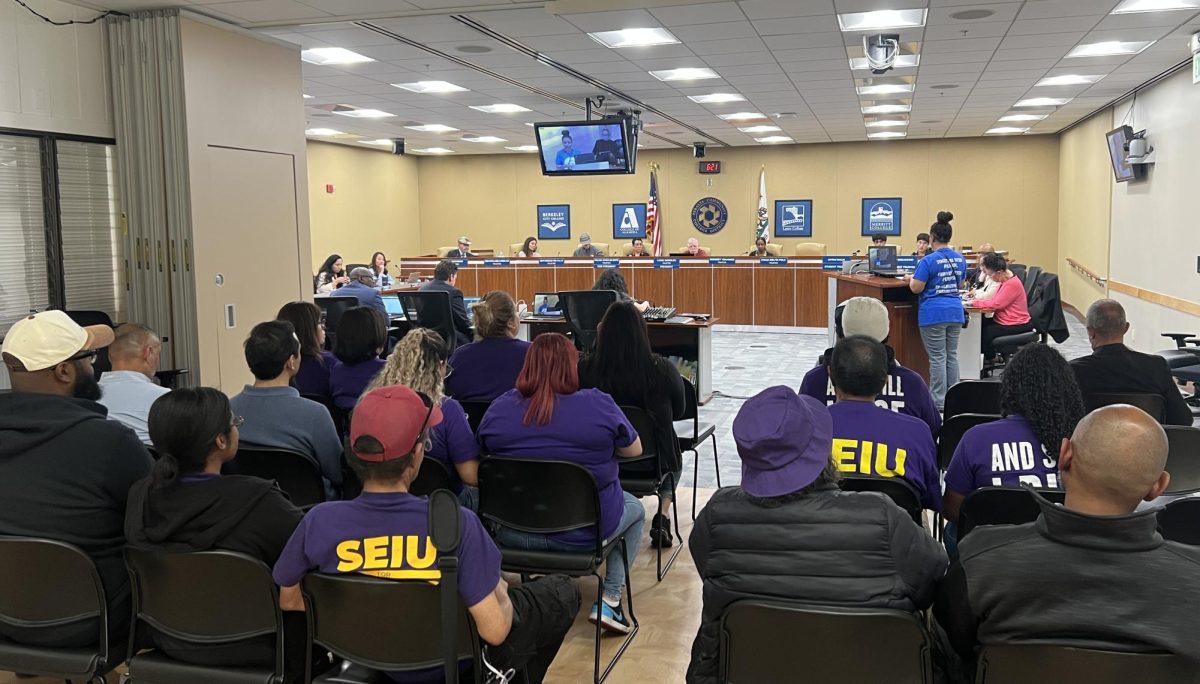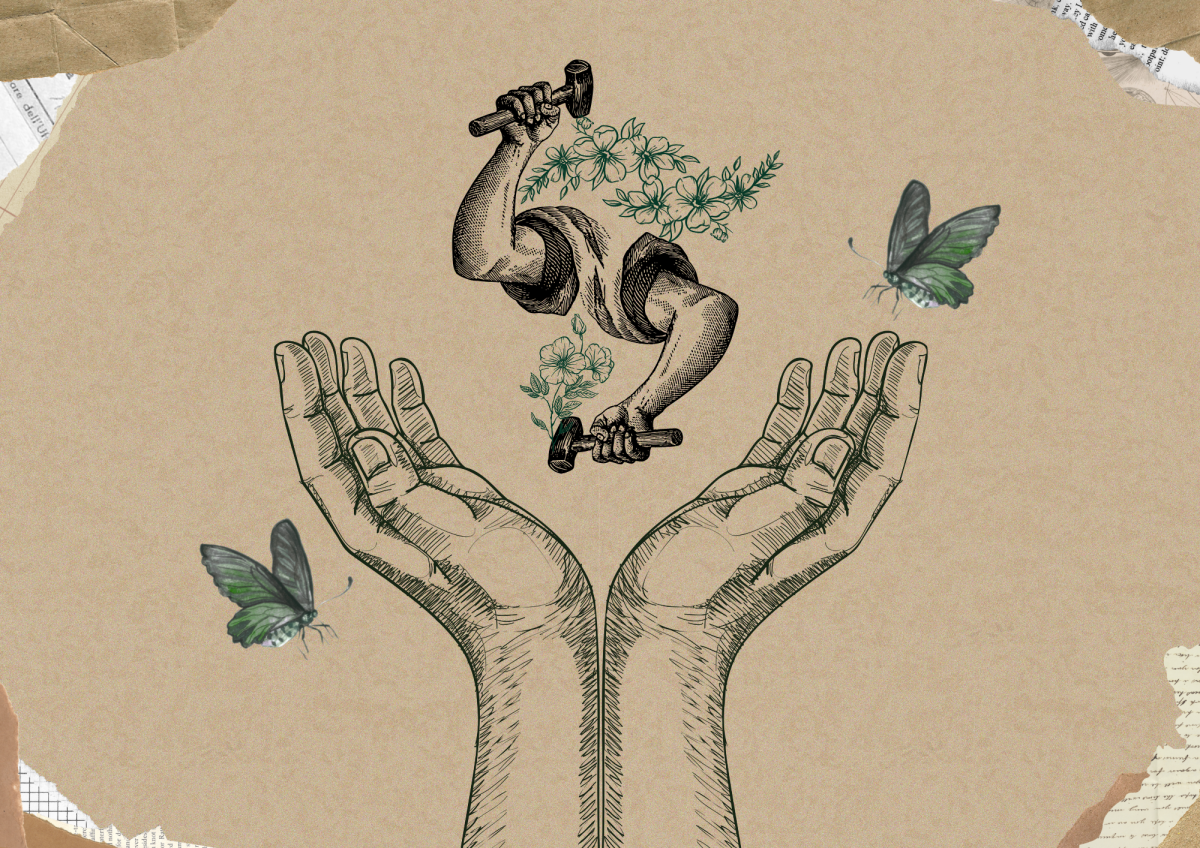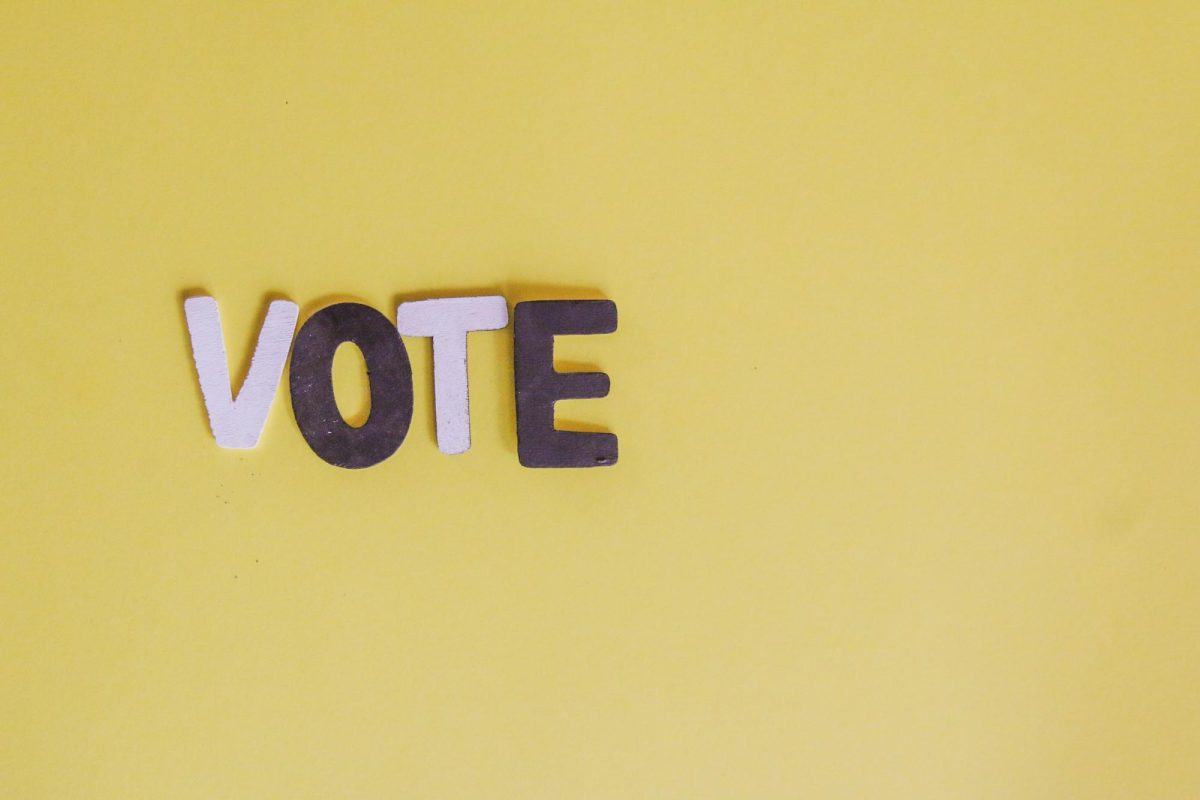Black history abounds in the art, books, and historical documents at the African American Library and Museum at Oakland

By Chadidjah McFall
At the African American Museum and Library at Oakland, 13,000 books, all of them by or about African Americans, wait to be devoured.
Readers can pore over their chosen volumes at antique wooden desks. There are also computers, Internet access, and more than 500 DVDs and videos for visitors to watch on-site.
James de T. Abajian’s “Blacks in Selected Newspapers, Censuses and Other Sources,” an on-line data base, and a rare book collection are available, as are scholarly journals, local and out of state newspapers and popular magazines.
For younger readers, there is an inviting alcove filled with children’s books, colorful posters of people youngsters need to know about, a chair to sit in, and a basket full of toys.
The books are always available: This is a non-circulating reference library. To check out a book, patrons must request the title so a copy of the book can be put on hold for them to pick up at any branch of the Oakland library they choose.
The reference library is located in the left half of AAMLO’s building at 659 14th Street in Oakland, and a visitor may enter between the hours of noon and 5:30 p.m., Tuesday through Saturday.
For more information about the reference library, call (510) 637–0200.
AAMLO’s literature says that the upstairs museum galleries strive to create “a sense of belonging.” They’re filled with changing exhibits of art, history, and culture.
—
The right side of AAMLO’s first floor houses over 160 manuscript collections, which may be viewed by appointment. There are also books for sale and works of art on display.
To make an appointment, patrons may call (510) 637–0198 or contact AAMLO at www.oaklandlibrary.org/aamlo. Their digital archives may be viewed at www.oaklandlibrary.org/aamloonlinearchive.
The AAMLO archives include: the Congressional papers of Ronald V Dellums and the Barbara Lee Papers, not to mention papers, artwork and photographs of “Wee Pals” creator Morrie Turner and a collection of the papers of Laney’s own Proverb Jacobs.
Digital collections include the papers of Cottrell Laurence Dellums, a Colored Women’s Clubs Associations Collection, 1902–1994, and the West Coast Negro Baseball Association Collection, 1945–1949.
Appealing to youngsters, it’s also an invitation to all generations to sing along, to learn, and to remember the real history of the United States.
—
The E.F. Joseph Photograph Collection, Mayme C. Netherland Collection, and the Oakland Post Photograph Collection are among the highlights of AAMLO’s photography collection.
AAMLO’s literature says that the upstairs museum galleries strive to create “a sense of belonging.” They’re filled with changing exhibits of art, history, and culture, as well as historically significant photographs with accompanying text.
“Heroines of the Civil Rights Movement, 1955–1965” includes photographs, text, and the songs that were often sung — and is housed in a bus.
Appealing to youngsters, it’s also an invitation to all generations to sing along, to learn, and to remember the real history of the United States.
Chadidjah McFall is a Tower staff writer. Contact her at chadidjahmcfall(at)gmail.com.

























